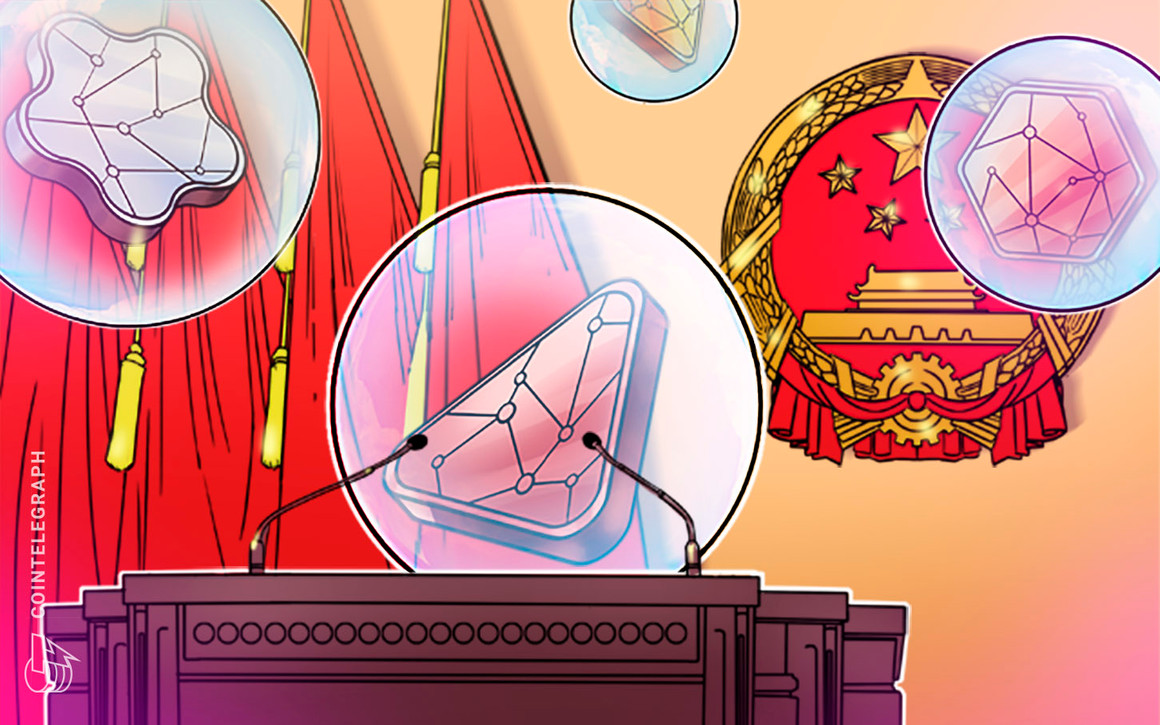While the underlying trend of NFTs and real estate is nothing new, the past few months have seen a surge in real estate-themed NFTs. This has been spurred by the launch of Next Earth, which is the only blockchain-based virtual land ownership platform on an exact copy of Earth.
The growing popularity of these digital land assets has led to many successful sales, as users can acquire iconic properties from the Playboy Mansion to the White House.
What is a Digital Collectible?
A digital collectible (or NFT) is an asset that exists as data on a blockchain. It can be an image, video, piece of music, or any other file type. The distinction between a tangible NFT and a non-tangible NFT is often blurred—many items have parts that are both physical and virtual.
For example, one could create NFTs to verify authentic shoe ownership, merging the physical and virtual worlds. Next Earth NFTs represent virtual tiles of Earth, similarly merging the metaverse with the physical plane.
The appeal of real estate-themed NFTs lies in their connection to real-life properties. While rare artworks may also have sentimental value for collectors, they are not directly tied to any particular location.
Real estate assets such as apartments or houses are unique entities with specific geographic coordinates—they exist in space as well as time. As such, they lend themselves naturally to being represented on the blockchain via NFT smart contracts.
Why Do Real Estate Collectibles Have Value?
NFTs have been around since 2013, but it wasn’t until 2021 that the first NFT platform specifically dedicated to virtual real estate was created: Next Earth.
A few months ago, you might not have heard of an “art crypto” or “real estate crypto.” Today, those terms are commonplace within the world of cryptocurrency (and blockchain technology more broadly). Why has there been such a sudden increase in the creation of these digital collectibles? The answer is simple: demand.
One of the main reasons real estate-themed digital collectibles have become so popular is due to their scarcity. Unlike regular JPGs, which are freely available and can be copied by anyone, these rare NFT collectibles are limited in number.
Moreover, these virtual properties are also tied to real-world locations (such as an iconic building or landmark) that add further value when combined with the NFT itself. For example, an individual could purchase an NFT of a famous property like The Empire State Building.
The Future of Real Estate Collectibles
As NFTs continue to gain mainstream adoption, the digital collectibles market will likely continue to grow and diversify. With new platforms joining the space every month, consumers have more options than ever before when it comes to investing in digital art.
As digital art and culture continue to evolve, so too will the potential for NFT collectibles. The current surge in real estate-themed NFTs can be attributed to a number of factors.
Firstly, there is growing interest among both NFT collectors and investors alike in digital art forms that are inspired by real-world phenomena. Digital collectibles have become increasingly popular as people seek new ways to diversify their portfolios and invest in unique assets.
Second, with the launch of platforms like Next Earth, investing in digital real estate has never been easier or more accessible. These platforms not only allow users to create virtual worlds but also develop virtual objects within those worlds.
With real estate becoming an increasingly attractive asset class for institutional investors, it’s no surprise that digital artists are starting to explore this nascent space as well.
The sky’s the limit, and Next Earth has a number of exciting developments in the pipeline to strengthen the real estate collectibles market, including the ability to create pixel art on the blockchain, and turn your virtual real estate into one-of-a-kind land art.
Photo by Philippe Oursel on Unsplash











